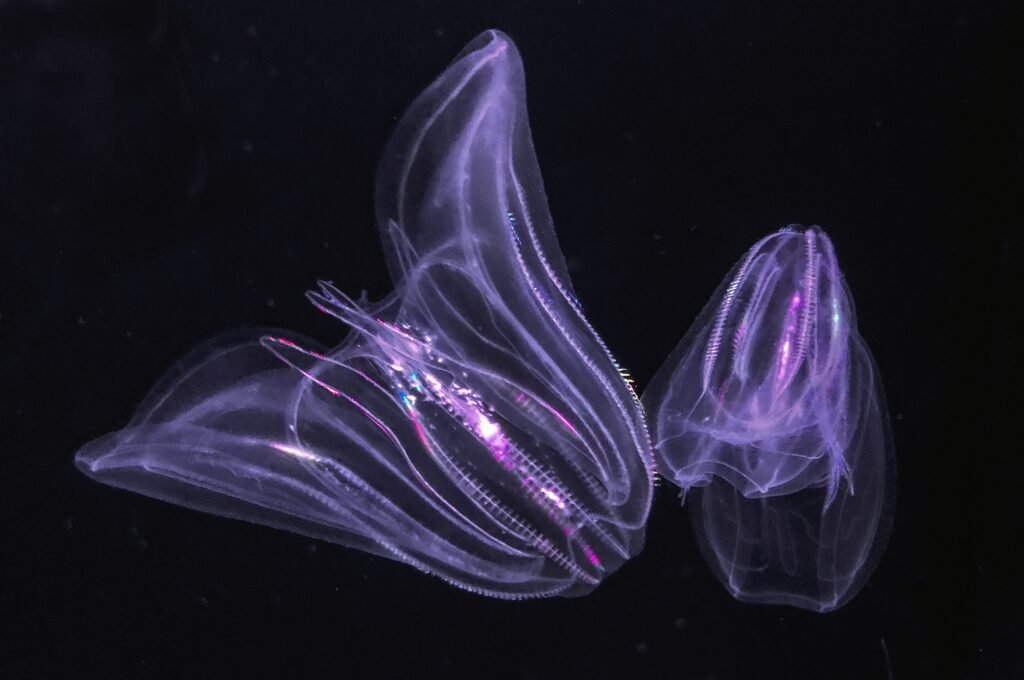NASA plans to build homes using fungi on the Moon and Mars
American space agency NASA plans to build homes and other residences using fungi on the Moon and Mars in space. This plan comes under a project named “Mycotecture Off-Planet.”
NASA has provided $2 million in funding to this project. Researchers at NASA’s Ames Research Centre are investigating the use of fungal mycelia to build habitable structures for upcoming space explorers as part of this project.
Their idea is to use a small, lightweight construction with inactive fungi that can be brought to life with water. Hence, it will enable fungi to grow around the framework and create a functional environment completely.

This method might be more practical than shipping bulky construction supplies from Earth to space to build residences there.
Hence, the Mycotecture project has already produced bricks using mycelium, wood chips, and yard trash to show proof of concept. However, mycelium is the root-like structure of a fungus.
The researcher’s team has designed detailed plans for a Moon dwelling based on mycelium. They also tested these models extensively in a planetary environment.
The idea of a fungal habitat goes beyond merely offering a framework. It also includes other life forms, including Cyanobacteria, to produce an ecosystem that can support itself.
The mycelia give the astronauts a strong, radiation-shielding housing. Moreover, cyanobacteria can use sunlight to manufacture oxygen and nutrients for mycelia.

Hence, NASA plans to build homes on Moons and Mars using fungi in this way. NASA Administrator Bill Nelson stated that the agency is getting ready to go farther into space, which will require new science and technology that does not currently exist.
According to Bill, NASA’s space technology team and the NIAC program unlock visionary ideas, which make the impossible possible. NIAC refers to NASA Innovative Advanced Concepts.
John Nelson, NIAC Programme Executive, also said the “Mycotecture Off Planet” project shows how concepts can change how they envision future exploration missions.
Read More:
- Sea creature turns into a baby when it is stressed out showing time travel
- Realme Narzo 70 Turbo 5G launch date, features, specifications & price
- European Space Agency printed 3D metal part in space for first time
- Earth’s mysterious Alaska triangle where over 20,000 people disappeared
- Philips Hue launched a new smart lighting solution for kitchen
- NASA to launch life-searching spacecraft to Jupiter’s moon Europa
Share this content:










Post Comment